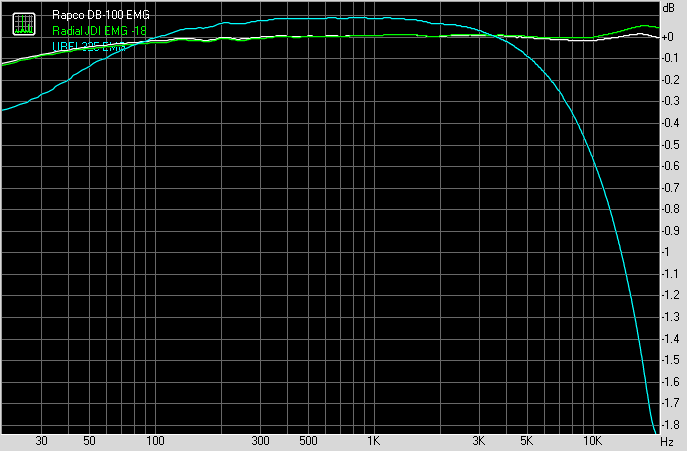DrewPeterson7
Sage of the Order
It always comes down to gain staging, eh?So, thinking back on some other posts, (specifically the low gain on the interface) it seems as though "gain staging" is the answer. Start low, and add gain as you go.
I'm guilty of "overdriving", and I think that has to do with the nomenclature of levels. I am used to analog meters: VU meters. I know what 0VU is. But I get lost with dBm, dBu, db?, +4dB or -10dB whatever unit.
Life used to be so simple.
I do think with respect to DIs, there's no real upside in recording any hotter than unity... but, beyond that, I think it's just a matter of being sure you're feeding any VST the sort of signal it's expecting. If the OP ever resurfaces, I would be curious if his issue is just using too hot of a DI.


